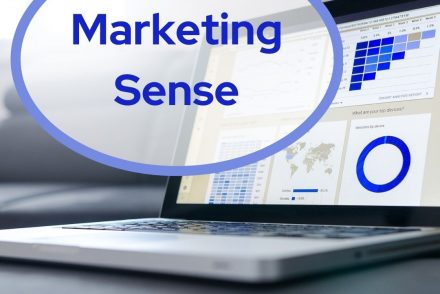
Marketing Sense
3 Effective Lead Magnet Titles & Their Strategies
Lead Magnets, those 3-10-page PDF files offering readers a simple yet profound change for free, are perhaps my favorite…
January 12, 2024
Lead Magnets, those 3-10-page PDF files offering readers a simple yet profound change for free, are perhaps my favorite…
January 12, 2024
When a new subscriber signs up for a Lead Magnet (those 3–10-page free resources we offer in exchange for…
November 12, 2023
A Lead Magnet is a marketing tool. “Lead Magnet” is marketing speak for what is typically a 3-10 page…
September 12, 2023
Experts continue to tell writers that their email list is one of the best ways to turn followers into…
November 24, 2022